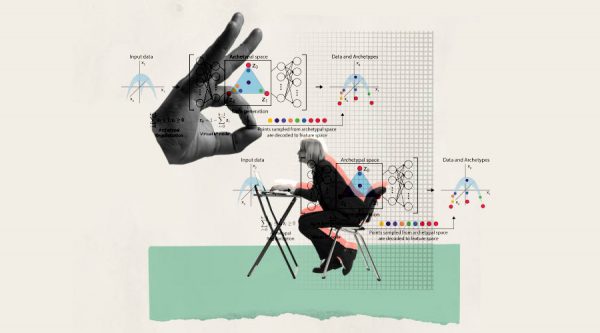Since 2020, digital currencies have begun their establishment on the global market. Also, the blockchain, cryptocurrency, metaverse, and NFT products started developing actively. Along with these technological advances, there are a lot of discussions on Web3, the new generation of the internet. Web3 will also make use of machine learning and artificial intelligence to help empower more intelligent trends and adaptive applications. Web3 embraces decentralization and is being built, operated, and owned by its users. Web3 uses blockchains, cryptocurrencies, and NFTs to give power back to the users in the form of ownership. It is the next stage of innovation with the internet. This article features the top 10 Web3 trends to follow in 2023 to scale your business.
Decentralized Technology: In Web 3.0, blockchain will exercise Peer-to-Peer (P2P) technology principles. Web3 is decentralized: instead of large swathes of the internet controlled and owned by centralized entities, ownership gets distributed amongst its builders and users.
Increased sustainability mindset: It often requires enormous amounts of energy to operate a blockchain; this has been one of the most (justifiably) significant hurdles to the technology’s widespread adoption. But we’re increasingly seeing web3 companies emphasize eco-awareness in their business models.
Artificial Intelligence: AI, is one of the most important Web3 innovations, Artificial Intelligence and Machine Learning are other key features of Web3 with growing importance in artificial intelligence and Machine Learning. It uses a variety of techniques like pattern learning and AI technologies as well as data to link people and create new content.
3D Interactive Web Technology: Web 3D refers to interactive 3D technology that one can use through a web browser. 3D interactive web technology in Web3 will include virtual identities, interactions, and many more, which will grow in use.
The Social Web: In Web3, social media will be largely defined by decentralized technology. A Web3 social platform is inseparable from NFTs as a vehicle that allows creators ownership of their creation and an access pass for holders.
BAAS: BAAS, which stands for Brands as a Service, is a brand-new trend in blockchain technology. It is a cloud-based service that enables customers to work with the blockchain to create digital products. It is a regulated industry and for businesses and consumers to interact with these financial services they need to gain access to banks.
Flux: Flux is the trustless data layer for web3. Flux is a cross-chain oracle that provides smart contracts with access to economically secure data feeds on anything. With the help of Flux, one can develop Web3 applications and decentralized projects.
The Semantic Web: The term “Semantic Web” refers to W3C’s vision of the Web of linked data. The Semantic Web involves web principles that are extended from documents to data, like that of a data web.
NFT’s will Power up the Web3 Movement: To date, many NFTs have been little more than works of digital artwork with staggering costs; this lack of practical functionality has been a core reason why some believe that NFT peddlers are scam artists, and that the NFT industry as a whole is a giant bubble that will inevitably pop.
Low Code Application Building Software: Low-code development is a visual drag-and-drop technique for development that enables enterprises to build applications considerably faster and with less hand-coding. As Web3 has stepped in, the trend of wiping out the low-code or no-code app creations has sprung up.









